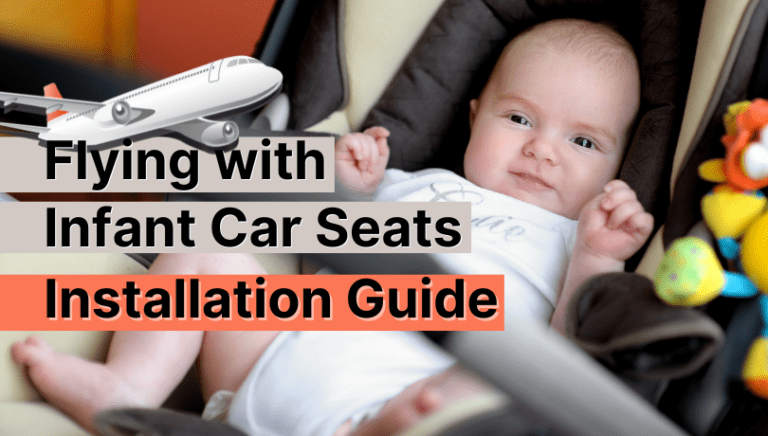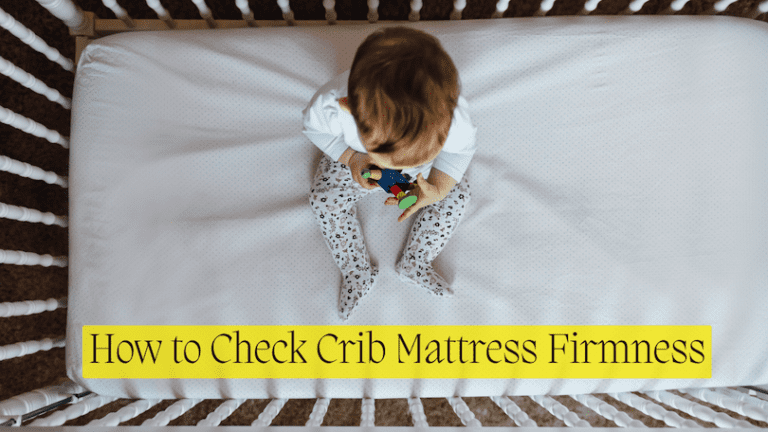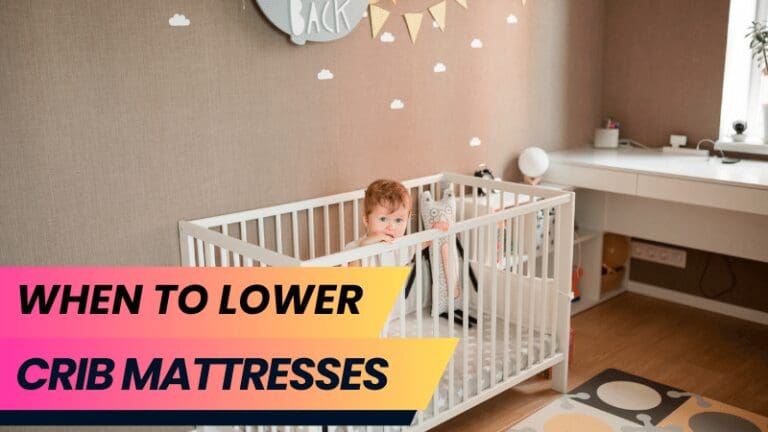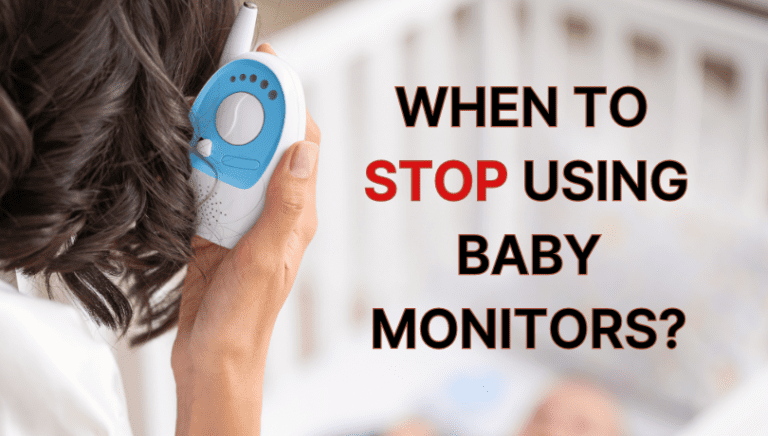Where Should Infant Car Seat Straps Be for Maximum Safety?
Kids teach us a whole new meaning of life, and we will always want to keep them safe, especially on the road.
Terry and I paid a lot of attention to crucial car seat safety rules when we were expecting our first child together. Just so you know, dear new parents, ensuring your little ones’ safety doesn’t end after you find the right car seat and install it correctly. It’s also about infant car seat buckle placement!
So, where should infant car seat straps be placed, and what’s the best way to place them?
Let’s get right to it – here’s a guide on infant car seat buckle and strap placement.

Table of Contents
Where Should Infant Car Seat Straps Be Placed?
Above or below the shoulder, that is the question!
Whether it’s too hot or cold, you can’t get into the car until your baby is secure in their seat. Here’s how you can ensure their safety, no matter what type of car seat you have:
1. Rear-Facing Infant Car Seats
Experts believe safety harnesses or straps should be as close to the shoulders as possible in such seats.
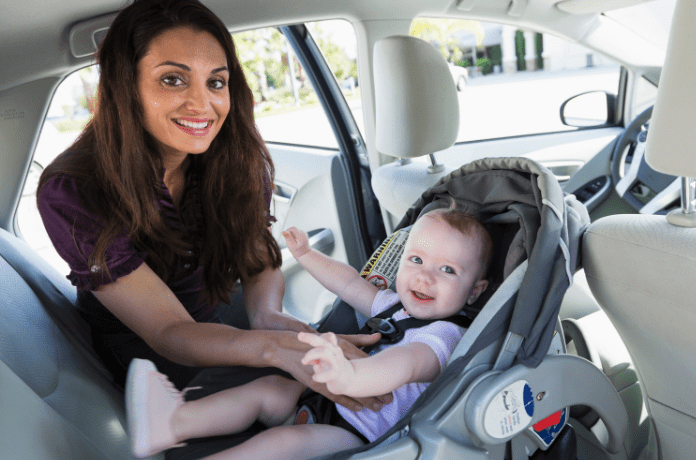
- If your little one’s shoulders are between two strap slots, use the one below their shoulders for a rear-facing car seat.
- If the straps are too high, they’ll ride up the seat’s backrest during an accident, and create a choking hazard.
2. Forward-Facing Car Seats
For kids over 2 years, a forward-facing car seat is often more appropriate, and it has a different shoulder strap placement. Adjust the height of the shoulder straps and put it through the slots right above your kid’s shoulders.
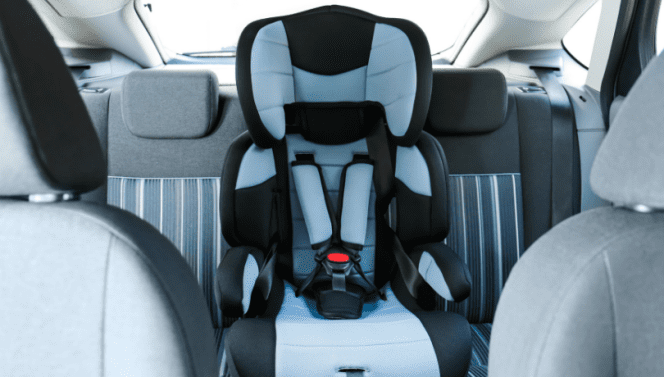
- Please tighten the shoulder straps, so there’s no slack at the shoulders – do this every time you use the car seat.
- Don’t worry about ‘over-tightening’ the straps – this is what keeps them safe.
- Lastly, position the chest pads carefully so that the straps don’t slide down their tiny shoulders.
3. Booster Seats
Here’s the secret for placement in booster seats: Shoulder straps should fit across the chest and shoulder, not the throat and face.
Remember! Booster seats protect from side impacts, so placing the straps correctly is crucial. And please switch your child to a booster seat only after they meet all the basic requirements.
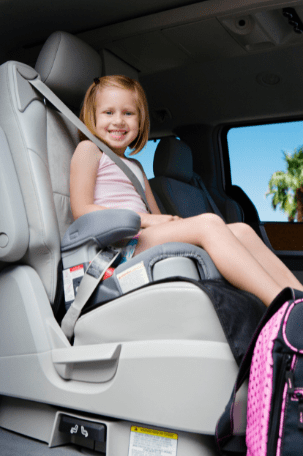
- On the other hand, the lap belt should be flat (not twisted) over the thighs and fit tightly around your kid’s hips.
- Please ensure that the belt doesn’t ride up to their stomach.
- Adjust the harness if it rubs against your kid’s neck; however, if this issue persists, chances are your baby is too little for a booster seat.
It also helps to understand your infant car seat’s height and weight limits and know when your baby is too big for an infant car seat.
7 Steps to Use Infant Car Seat Buckles Safely
According to the NHTSA data, a loose safety harness is one of the most common forms of misuse leading to child crash fatalities.
Most car seats come with a detailed (usually complicated) owner’s instructions guide. But most often, new parents find these instructions difficult to follow. So, after an hour or two of Googling, watching YouTube videos, and heated conversations, you might be tempted to just wing it.
That’s where the trouble begins. So, let’s not go down that path. Here’s the right way to use the infant car seat buckle.
Common Infant Car Seat Strap Placement Mistakes

Honest confession: Infant car seats are complex. From installing to using them, you need it to be just right, all the time! Hence, parents and caregivers must be cautious of the following mistakes:
- Straps Aren’t Snug Enough – ‘Snug as a hug’ – that’s the tightness you should be aiming for. Most parents keep it loose, thinking it’s too tight, but if you use the straps correctly, they can’t hurt your little one.
- Incorrectly Routed Car Seat Strap – Car seats are only effective when used correctly. During installation, click a picture of the harness straps before removing them to ensure you get it right, every time!
- Chest Clip Isn’t Set Correctly – A popular myth about car seat straps and buckles is that the chest clips protect your baby during a crash. However, that’s not true. During an impact, it’s mostly likely to come undone. The primary use of the chest clip is to position the harness correctly.
- Harness Straps Not Placed Right – Remember, for different seats, the harness strap positions differ significantly. In rear-facing seats, the harness straps should go through the slots at or below your little one’s shoulder level. But for forward-facing seats, the straps should go through the slots above.
Infant Car Seat Buckle Placement Safety Tips
- The Pinch Test – Simply pinch the strap near the shoulder after buckling your baby in. If you can pinch it, that means the straps are loose, and you should tighten it.
- No Winter Coats In The Seat – You may think they’re comfy, but it compromises their safety. Take the jacket off and put it lightly over their legs once strapped in.
- Buckle Placement – The chest clip should always be at the armpit level, regardless of the direction of the seat.
- Secure Buckle – Look for the audible click when buckling your little one in their seat. That’s how you know the straps are secure.
- Proper Angle – Always check the recline once they’re snug in their seats. Babies should be in a semi-reclined position to keep their airway clear.
Also, keep an eye on your child if they are nodding off in their car seat and transfer them to a safe sleeping environment like a crib or a bassinet as soon as you reach home.
If you’re a new or expecting parent and confused about car seat safety, consult a professional. A CPS technician can guide you through it all.
Final Thoughts: Where Should Infant Car Seat Straps Be
The meaning of safety changes once you become a parent!
It’s not just about picking the right seat or installing it correctly. You also need to pay attention to where the infant car seat straps and buckle are positioned.
Straps that are too loose can create more wiggle room for your baby and compromise their safety. And if the chest clip isn’t at armpit level, it can choke or injure your little one in case of an accident.
But don’t let these concerns stop you from enjoying drives with your baby! Some of my best memories are of the times I spent with my kids on the road.
Drive safe and ride happy!



